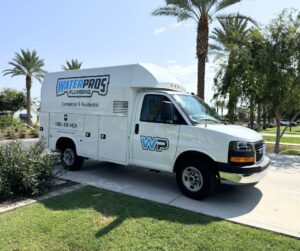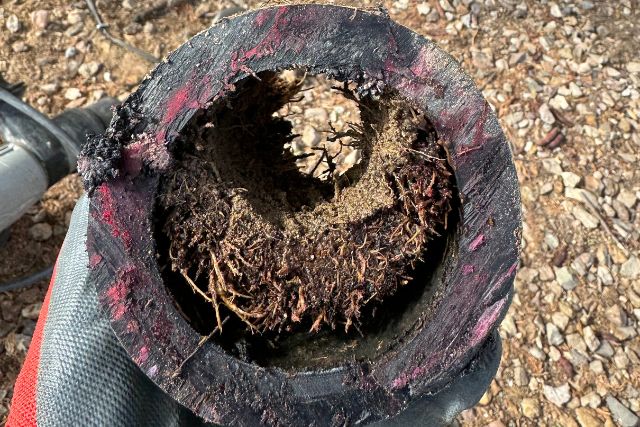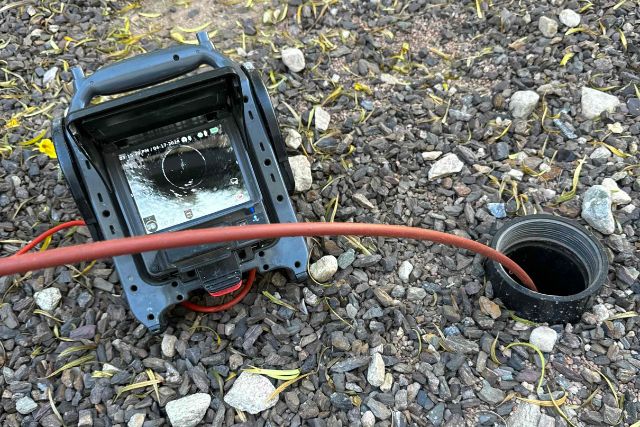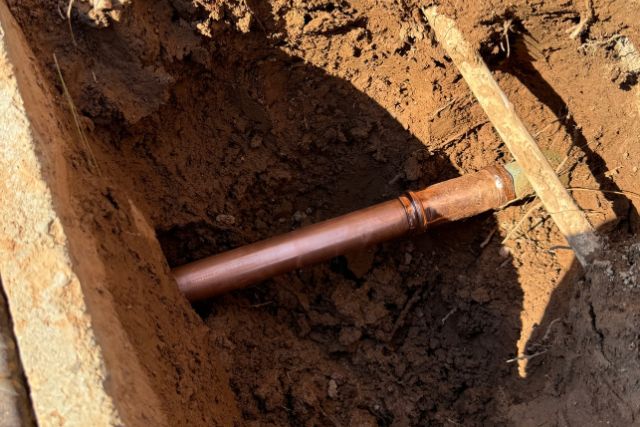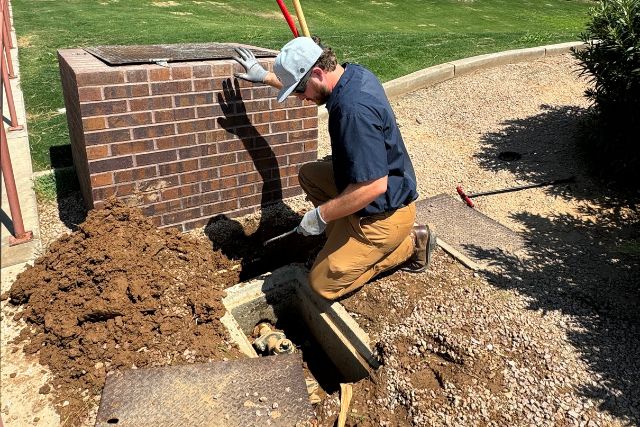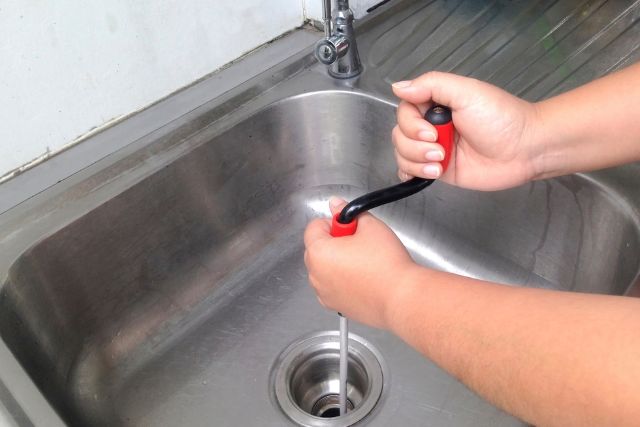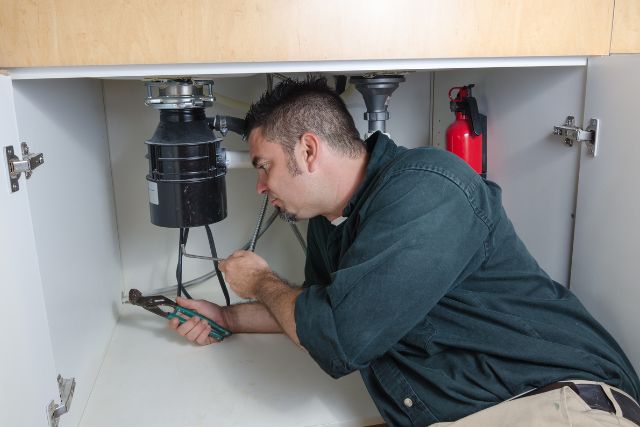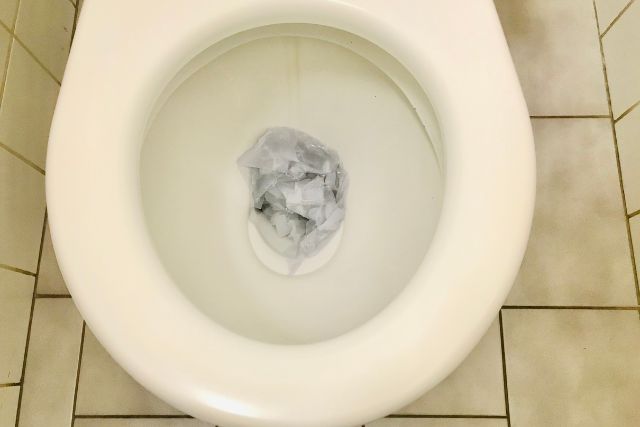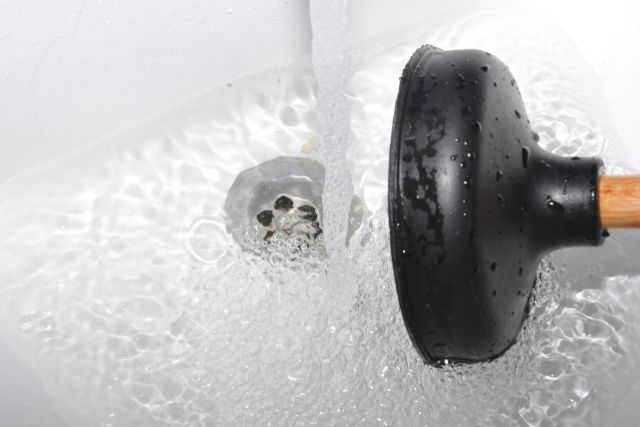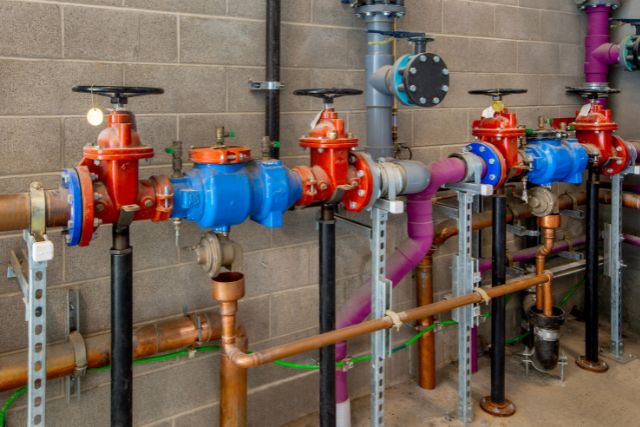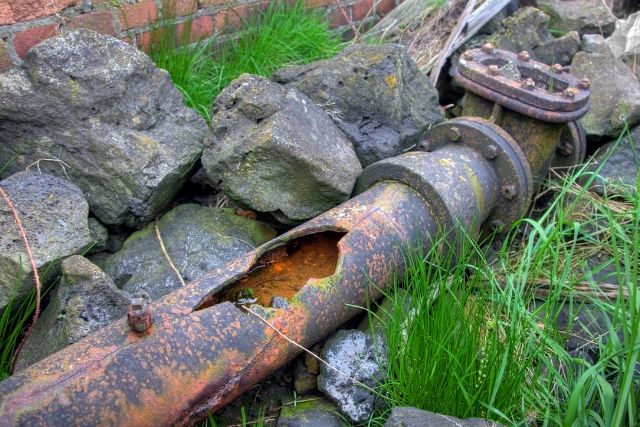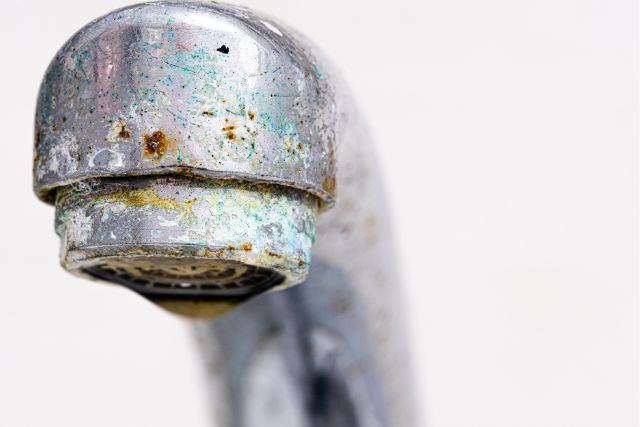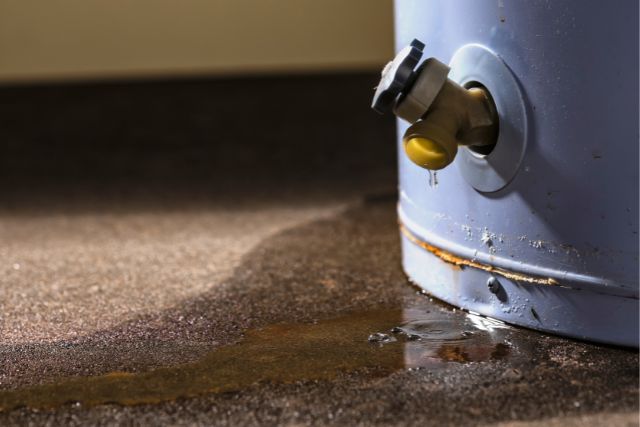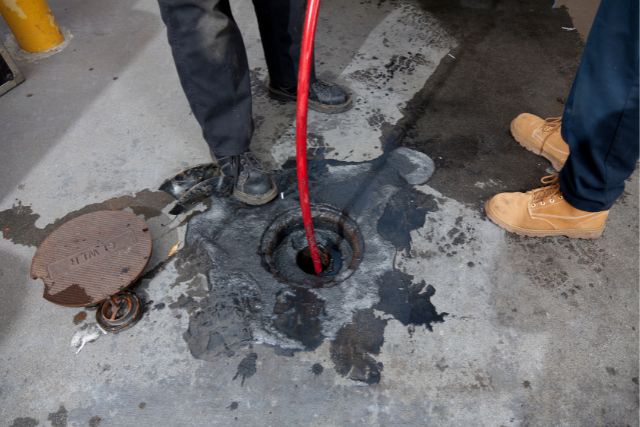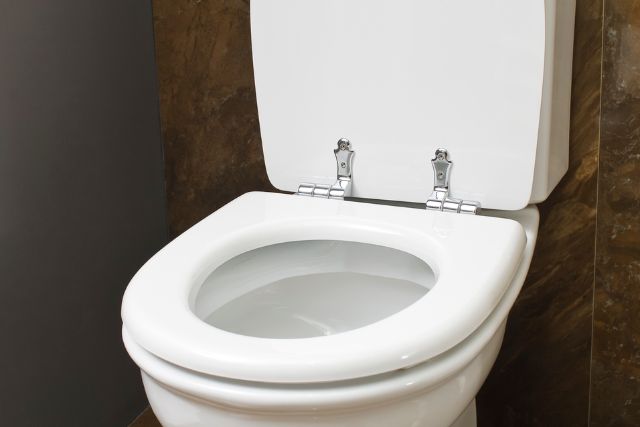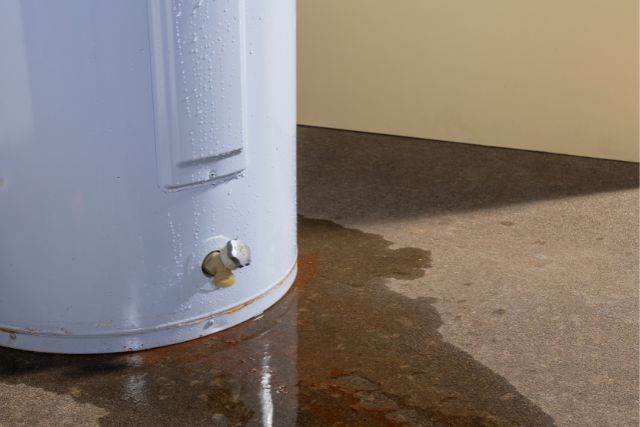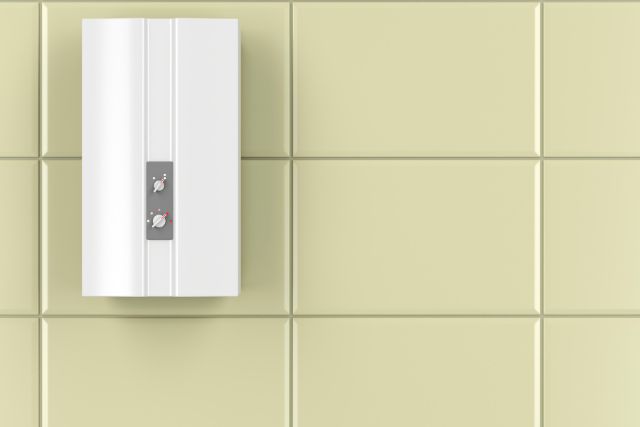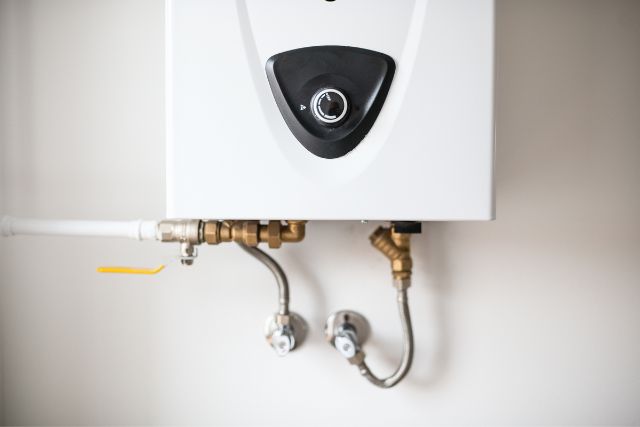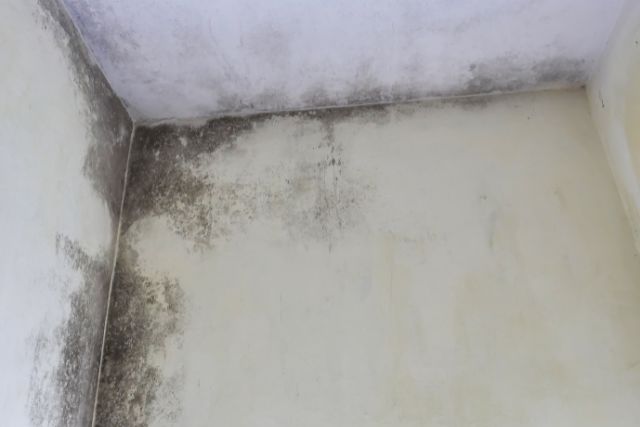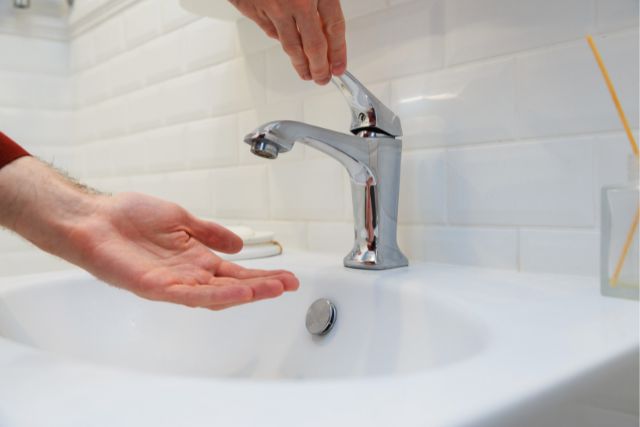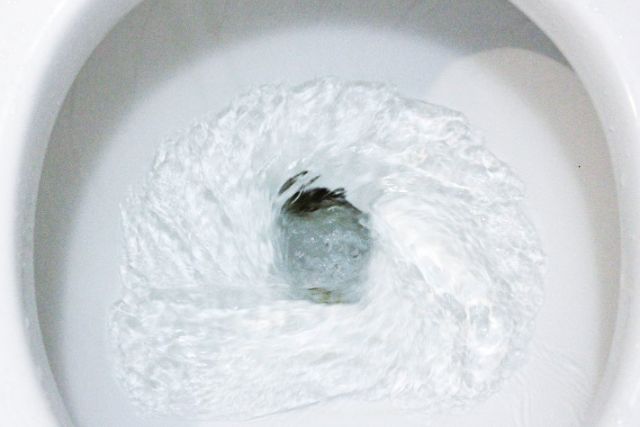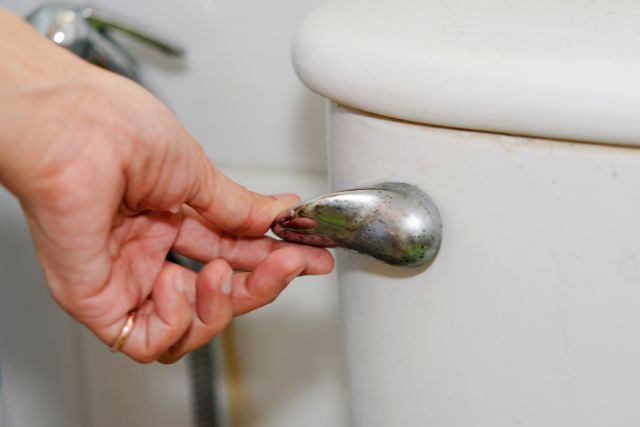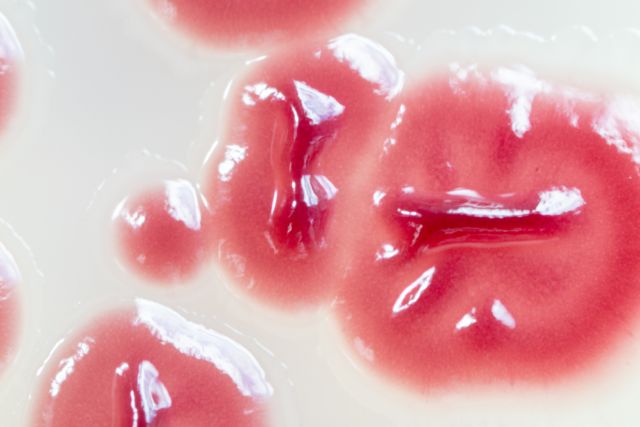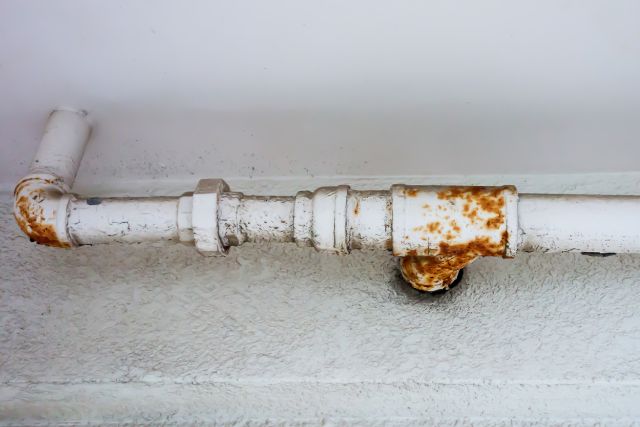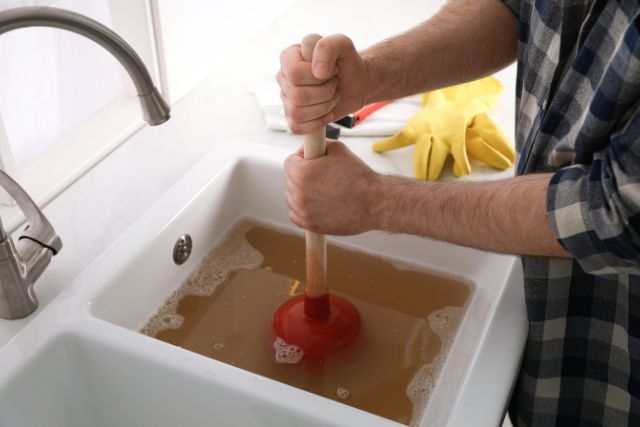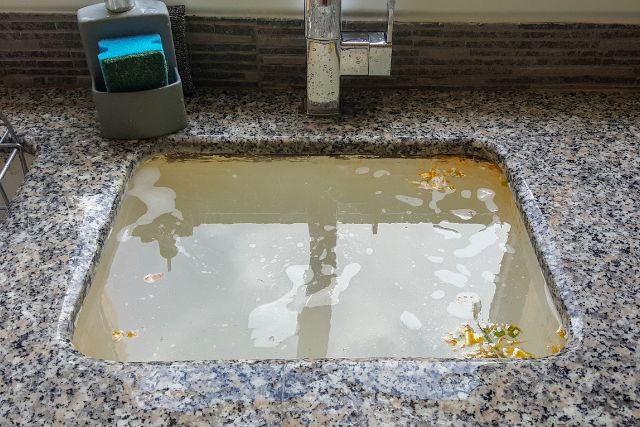If there’s one thing that can ruin an otherwise clean and pristine bathroom, it’s those persistent, ugly rust stains that can develop on a toilet bowl. And whether you’re a homeowner or managing a business space, the toilet is a critical area for maintaining both hygiene and aesthetics. Fortunately, understanding and effectively removing rust stains will not only help rejuvenate the look of your restroom, but also ensure a healthy environment for all users.
Now, bathroom maintenance can certainly feel like an ongoing battle, especially when it comes to rust. But as annoying and stubborn as these stains may seem, it is entirely possible to get rid of them for good.
In this guide, we’ll walk through how rust makes its way into your toilet bowl, share safe and effective cleaning methods, recommend commercial products, and provide proactive maintenance tips to keep your toilet stain-free for longer.
Why Are There Rust Stains in My Toilet Bowl?
Wondering how that rust got there in the first place? Well rust, a common term for the chemical compound iron oxide, forms when iron or iron alloys are exposed to water and oxygen for an extended period of time. And what spot is almost always full of water, oxygen, and iron? That’s right – your toilet.
Your toilet bowl is the perfect environment for rust to develop due to its constant exposure to water and iron-containing elements, such as mineral-laden tap water or particles from corroded plumbing. The presence of water — particularly hard water — catalyzes the rusting process, which results in those telltale brownish-orange marks in your bowl.
How Do I Know They’re Rust Stains?
Before you start trying the different methods to remove them, it’s important to differentiate rust stains on a toilet bowl from other common issues like limescale or mineral deposits. A clear understanding will help ensure that you’re not wasting your time on ineffective solutions.
You’ll typically find rust stains inside the bowl, around the rim, and even on the outside of the toilet – anywhere water is usually present. These stains tend to have a reddish-brown color, and their location usually gives you a clue about their cause. For example, if a rust-colored drip originates from the rim, the culprit may be a corroded flush valve chain or component.
Eco-Friendly Solutions to Remove Rust From Toilet Bowls
One of the best things about eco-friendly solutions to toilet bowl rust stains is that you may already have the equipment on hand. So, rummage through your cupboards and try out the methods below.
The Lemon Juice Technique
Lemons aren’t just for lemonade – their natural acidity can work wonders on rust.
- Simply cut a lemon in half, and sprinkle one half with salt or baking soda
- Scrub the stains
- Allow the citric acid to work its magic for at least 15 minutes
- Rinse the bowl clean
Now, this method is usually best for mild rust stains. If your toilet has heavier rust, then try applying the lemon and baking soda mixture directly to the stains, covering it with plastic wrap, and letting it sit for an hour or more.
The White Vinegar Route
The acetic acid in white vinegar can be just as effective as citric acid when it comes to removing rust stains from toilet bowls.
- Spray the vinegar onto the rust stains, or pour it directly into the bowl
- Let it sit for about 15 minutes
- Use a toilet brush to scrub the stains
For heavier stains, try emptying the toilet bowl, filling it up with vinegar, and letting it sit overnight. Then, scrub the rust away in the morning.
Commercial Products to Tackle Stubborn Toilet Bowl Rust Stains
If your rust stains are particularly stubborn, eco-friendly solutions might not cut it. So, for a more aggressive approach, you can turn to dedicated rust removers that have been specifically formulated to handle tough jobs like these.
Hydrochloric Acid-Based Cleaners
Rust stains are no match for the power of hydrochloric acid. Products like ‘The Works’ contain this strong acid solution which effectively dissolves rust stains. Just remember to use these products with caution, as they can be harmful if not used properly.
Oxalic Acid Cleaners
Oxalic acid is found in products like ‘Bar Keepers Friend’, and is effective at removing rust, as well as mineral stains. Like hydrochloric acid cleaners, oxalic acid should be handled with care and used in a well-ventilated area or with a mask.
When to Call in a Professional
Despite your best efforts, you may not be able to get some rust stains to budge – or at least, not for long. This can be a sign of more serious plumbing problems. Prolonged rust issues could mean that the toilet’s internal components need maintenance or that there are issues with the water supply. In such cases, it might be time to call a professional plumber.
A plumber can conduct a thorough inspection of your toilet and plumbing, identify the root cause of the rust, and recommend the best course of action. Whether it’s replacing corroded parts, suggesting a water treatment, or providing maintenance on other parts of the system, a plumber’s expertise is invaluable for maintaining a rust-free toilet.
How Do You Prevent Rust Stains in the Toilet?
Once you get rid of those rust stains, you’ll likely want to avoid tackling any new ones in the near future. Here are some tips on keeping your toilet rust-free.
Inspect and Maintain Plumbing Regularly
In some cases, the root cause of rust stains in the toilet bowl is related to the plumbing system. For example, corroded pipes, a rusty tank, or iron-rich water can continually introduce rust into the bowl.
This is why it’s so important to conduct regular inspections and maintenance of your plumbing system. By doing so, you can catch these issues early and prevent rust from becoming a recurring problem.
Consider a Water Softener
If your area’s water is known for being hard and rich in minerals, installing a water softener can be a game-changer. Softened water is much less likely to cause rust or mineral stains around your home, including in your toilet bowl.
It’s true that a water softener can be a significant investment, but one that offers a host of benefits beyond simpler cleaning routines.
Conclusion
Rust stains in your toilet bowl aren’t just ugly; they can indicate larger issues with your plumbing and water supply. But by arming yourself with the knowledge of how rust forms and the variety of cleaning and prevention methods available, you can maintain a fresh, clean toilet space for everyone who uses it.
Remember to approach your cleaning with caution, especially when using stronger commercial products, and to take preventive measures to keep rust at bay. And if the rust won’t budge, don’t hesitate to seek professional help. With a little elbow grease and the right techniques, you’ll have that toilet bowl sparkling like new in no time.
Need professional assistance? Click here to schedule a Water Pros Plumber online, or call (480) 459-4424 today.

